Buy Fentanyl Patch for Cancer Pain
Fentanyl patches are an effective and widely used option for managing severe pain, especially in cancer patients. This powerful opioid analgesic is delivered transdermally through a patch applied to the skin, providing continuous pain relief for up to 72 hours. In some cases, depending on the patient’s needs and medical advice, the patch may need to be replaced every 48 hours.
What is a Fentanyl Patch?
Fentanyl is a synthetic opioid painkiller known for its potency and rapid action. It is a strong agonist for opioid receptors and is estimated to be 50 to 100 times more potent than morphine. The fentanyl patch allows the medication to be absorbed slowly through the skin, providing a steady and controlled release of the drug into the bloodstream.
History and Development
Fentanyl was first synthesized by Paul Janssen in 1960 after studying the structure-related drug pethidine. Janssen’s work led to the development of fentanyl, which entered the medical field under the trade name Sublimaze as a general anesthetic in the 1960s. This formulation, fentanyl citrate, combined fentanyl with citric acid in a 1:1 stoichiometric ratio.
In the mid-1990s, fentanyl began to be used in patch form for palliative care. Its administration method evolved over the years, leading to the introduction of fentanyl lollipops, soluble tablets, and sublingual sprays in the following decade. These alternative forms are absorbed through the mucous membranes in the mouth, offering flexibility in pain management.
How the Fentanyl Patch Works
The fentanyl patch provides a controlled release of fentanyl over an extended period. Once applied to the skin, the patch allows the drug to be absorbed through the skin layers and into the bloodstream. This transdermal system ensures a consistent level of pain relief, reducing the need for frequent dosing and minimizing peaks and troughs in drug levels.
Dosage and Administration
Fentanyl patches are available in various dosages, allowing for tailored pain management to meet individual patient needs. The dosage is determined based on factors such as the severity of pain, previous opioid use, and overall health condition. It is crucial to follow the prescribing physician’s guidelines when using fentanyl patches to ensure effective and safe pain relief.
Safety and Precautions
Fentanyl is highly potent, and its use must be carefully monitored to prevent overdose and other adverse effects. The therapeutic index of fentanyl is relatively wide (270), making it safe when used as directed. However, due to its extreme potency, accurately measuring doses of pure fentanyl powder is impractical and dangerous. Instead, the medication is delivered in highly diluted forms, such as patches, to ensure precise dosing.
Potential Side Effects
Like all medications, fentanyl patches can cause side effects. Common side effects include nausea, vomiting, constipation, drowsiness, and dizziness. Serious side effects may include respiratory depression, severe hypotension, and allergic reactions. If any severe side effects occur, it is essential to seek medical attention immediately.
Fentanyl Overdose and Abuse
Fentanyl has been associated with a significant number of overdose deaths, primarily due to its potency and potential for misuse. Improper use, such as using the medication without a prescription or in higher doses than prescribed, can lead to fatal consequences. It is critical to store fentanyl patches securely and dispose of them properly to prevent accidental exposure or misuse.
Benefits of Fentanyl Patches
The primary benefit of fentanyl patches is their ability to provide continuous, long-lasting pain relief. This can be particularly advantageous for patients with chronic pain conditions, such as those with cancer, who require ongoing pain management. The transdermal delivery system also reduces the need for multiple daily doses, improving convenience and adherence to treatment.
Alternatives to Fentanyl Patches
For patients who may not tolerate fentanyl patches or require different pain management strategies, alternative options are available. These may include other opioid medications, non-opioid analgesics, or non-pharmacological approaches such as physical therapy, acupuncture, or cognitive-behavioral therapy. It is essential to work with a healthcare provider to determine the most appropriate pain management plan.
Conclusion
Fentanyl patches are a valuable tool in the management of severe pain, especially in cancer patients. Their ability to provide continuous and controlled pain relief makes them an effective option for those with chronic pain conditions. However, due to the potency of fentanyl, it is crucial to use these patches under strict medical supervision and follow all safety guidelines to prevent adverse effects and ensure optimal pain management.
If you or a loved one is considering fentanyl patches for pain management, consult with a healthcare professional to discuss the potential benefits and risks. Proper use and careful monitoring can help maximize the benefits of this powerful analgesic while minimizing the risks associated with its use.

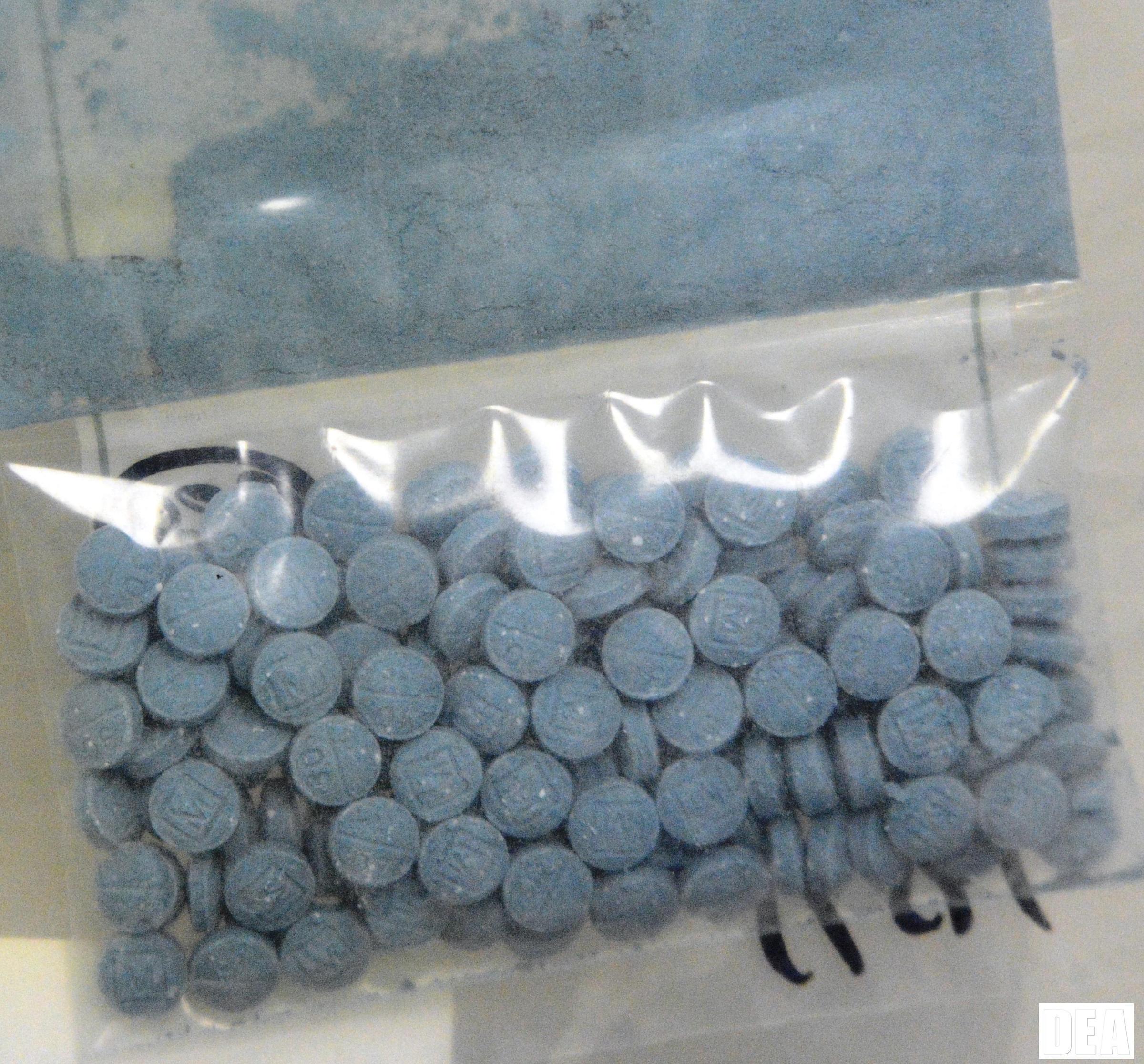
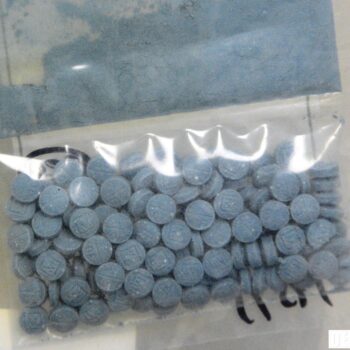
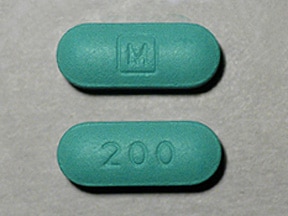
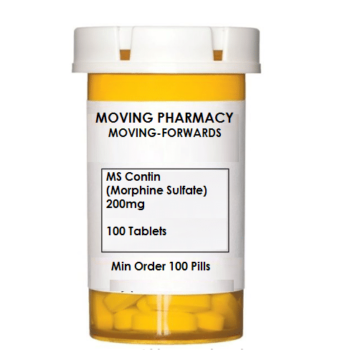
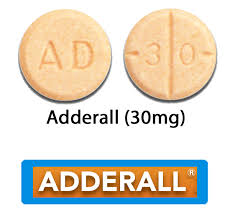
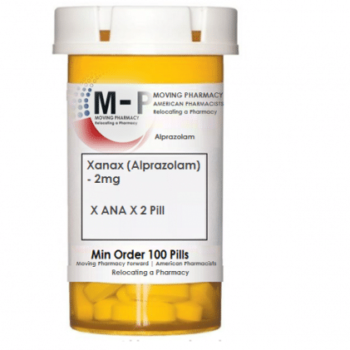
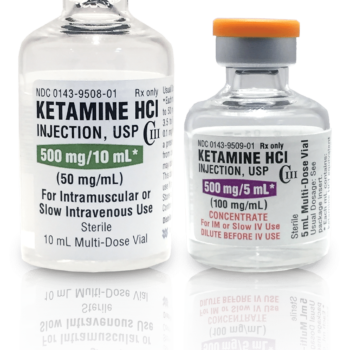
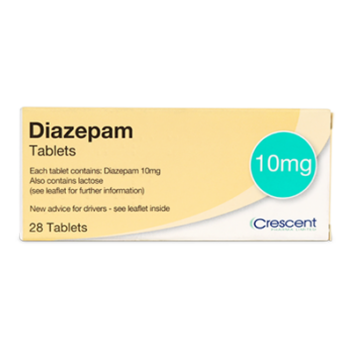

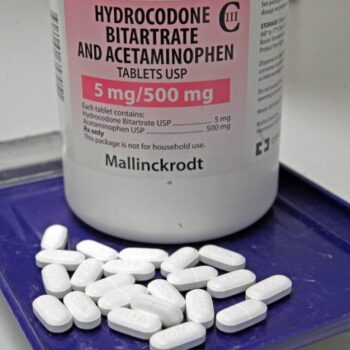


Reviews
There are no reviews yet.